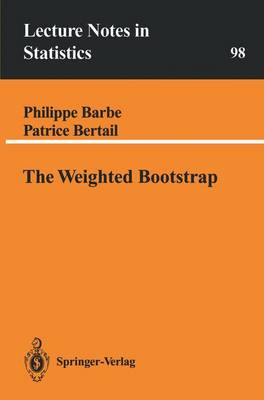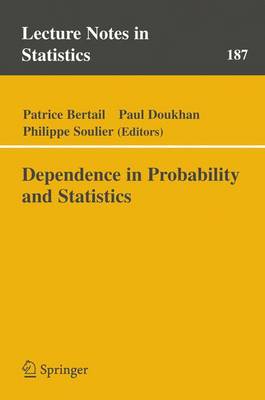Lecture Notes in Statistics
2 primary works
Book 98
Book 187
Dependence in Probability and Statistics
by Patrice Bertail, Paul Doukhan, and Philippe Soulier
This book gives an account of recent developments in the field of probability and statistics for dependent data. It covers a wide range of topics from Markov chain theory and weak dependence with an emphasis on some recent developments on dynamical systems, to strong dependence in times series and random fields. There is a section on statistical estimation problems and specific applications. The book is written as a succession of papers by field specialists, alternating general surveys, mostly at a level accessible to graduate students in probability and statistics, and more general research papers mainly suitable to researchers in the field.

